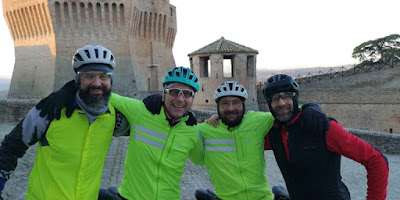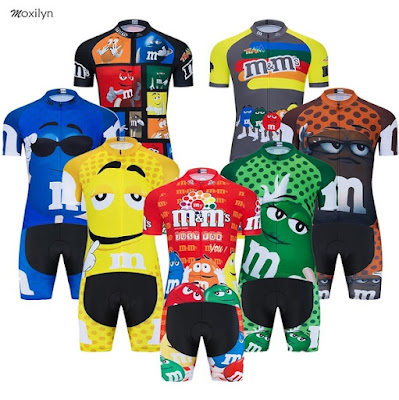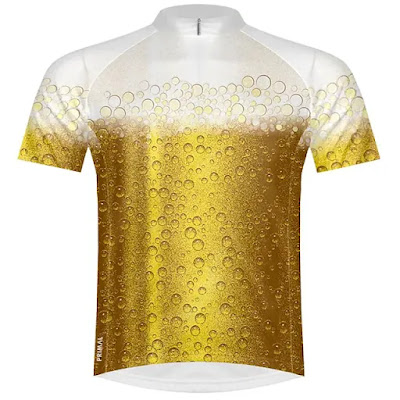8- 9- 10 aprile: un'avventura lunga 3 giorni!
360Km e 7000 D+ di puro divertimento e fatica.
Sarà previsto comunque un percorso più corto complessivamente di
250km, 4500D+.
Un 'avventura in completa autonomia, senza alcun supporto tecnico- logistico, alla scoperta dei borghi più belli delle Marche.
Seguirai il percorso attraverso una traccia GPX che verrà inviata una settimana prima della partenza.
Il tracciato è estremamente vario adatto a ciclisti con esperienza cicloamatoriale e si sviluppa su strade bianche, strade asfaltate secondarie e sentieri, percorso adatto a MTB, biciclette gravel, ed aperto anche a e-bike (considerando ovviamente la capacità della batteria).
Un progetto nato dalla passione di 4 amici ciclisti, con il fine di promuovere e sviluppare un turismo esperienziale, sostenibile, che porti a scoprire con ritmo autonomo, ai cicloturisti, le meraviglie di una terra straordinariamente ricca di arte, natura, tradizioni e sapori.. Del resto, nel 2021, le Marche sono state la regione italiana più ricercata sul web.
Adriatic Green Trail attraversa oltre 30 borghi delle province di Pesaro Urbino, in un paesaggio unico e in maniera particolarmente intima valorizza le caratteristiche peculiari di questa zona d’Italia. Del resto se a piedi si coprono solo distanze relative e in auto si perdono i particolari, in bici si può davvero assaporare il territorio scoprendo scorci di straordinaria bellezza.
Il primo Itinerario prevede il passaggio per il lungomare di Fano e giù verso a sud sino ad inerpicarsi sulle colline che portano a Mondolfo, e via per le “creste” tra le Colline e i Borghi del Duca, alla scoperta di antiche tradizioni, passando da Orciano di Pesaro, Barchi Piagge e San Giorgio di Pesaro (oggi Terre Roveresche) e Sant’Ippolito, dopodichè attraversando nel punto dove vi fu la battaglia del Metauro nel 207 a.c. si risalirà per raggiungere Mombaroccio e piegare verso la Valle del torrente Arzilla.
Il secondo, invece, lasciandosi alle spalle la costa condurrà alla scoperta dei borghi che costeggiano le rive del fiume Metauro, in un susseguirsi di paesaggi mozzafiato sino ad attraversare parte della Riserva naturale del Furlo, ed arrivare alla celeberrima Urbino, dove poi si rientrando per le zone più selvagge e paesaggisticamente interessanti dell’interno, quali i boschi delle Cesane e vere e proprie chicche di architettura medioevale quali fortificazioni, abbazie e borghi cinti da mura perfettamente conservate.
Il terzo itinerario, dal canto suo, porterà i cicloturisti a lambire la spiaggia direzione nord sino a Pesaro, ed a sperimentare la famosissima “Panoramica”, che, con i suoi oltre 20 km di strada vietata alle auto nel week end, ne fa un paradiso con scorci mozzafiato di macchia mediterranea a picco sull’Adriatico, nel Parco Naturale del S. Bartolo sino a Gabicce, dove sfiorando la Romagna, passando per la romantica Gradara, l’allegra Tavullia e risalendo sino a quasi l’appenino si rientrerà per la festa finale dell’arrivo su Fano.
La partenza e l’arrivo saranno sempre dalla Magione Broccoli.
Per tutti i partecipanti è OBBLIGATORIO essere in possesso di un certificato medico sportivo aggiornato IN CORSO DI VALIDITÀ per tutta la durata dell'evento
La quota d‘iscrizione per l’intera Manifestazione è di € 50,00, mentre quella giornaliera è di € 25,00 .
La quota d’iscrizione comprende:
- partecipazione ufficiale alla Manifestazione
- tesseramento CSI/FIAB con polizza assicurativa
- pacco Manifestazione comprensivo del frontalino da applicare sulla bici
- tracce dei percorsi in formato .gpx
- ristoro all’arrivo (dalle 17:00 alle 19:00)
Guarda il video e viene a scoprire le Marche
8-9-10 April: a 3-day adventure!
360Km and 7000 D + of pure fun and effort.
In any case, a shorter route of 250km overall, 4500D + will be provided.
An adventure in complete autonomy, without any technical-logistic support, to discover the most beautiful villages of the Marche.
You will follow the route through a GPX track which will be sent one week before departure.
The track is extremely varied, suitable for cyclists with amateur cycle experience and develops on dirt roads, secondary asphalted roads and paths, a path suitable for MTB, gravel bicycles, and also open to e-bikes (obviously considering the battery capacity).
A project born from the passion of 4 cyclist friends, with the aim of promoting and developing an experiential, sustainable tourism, which leads cyclists to discover the wonders of a land extraordinarily rich in art, nature, traditions and flavors at an independent pace. Moreover, in 2021, the Marche was the most sought after Italian region on the web.
Adriatic Green Trail crosses over 30 villages in the provinces of Pesaro Urbino, in a unique landscape and in a particularly intimate way enhances the peculiar characteristics of this area of Italy. After all, if you only cover relative distances on foot and lose the details by car, by bike you can really savor the area by discovering glimpses of extraordinary beauty.
The first itinerary includes the passage through the seafront of Fano and down to the south up to climb the hills that lead to Mondolfo, and via the "ridges" between the hills and the villages of the Duke, to discover ancient traditions, passing through Orciano of Pesaro, Barchi Piagge and San Giorgio di Pesaro (today Terre Roveresche) and Sant'Ippolito, after which crossing at the point where there was the battle of Metauro in 207 BC you will go up to reach Mombaroccio and turn towards the Arzilla torrent valley.
The second, however, leaving the coast behind will lead to the discovery of the villages that line the banks of the Metauro river, in a succession of breathtaking landscapes until you cross part of the Furlo Nature Reserve, and arrive at the famous Urbino, where you then return to the wildest and most interesting areas of the interior, such as the woods of Cesane and real gems of medieval architecture such as fortifications, abbeys and villages surrounded by perfectly preserved walls.
The third itinerary, for its part, will bring cyclists to lap the beach heading north up to Pesaro, and to experience the famous "Panoramica", which, with its over 20 km of road prohibited to cars on weekends, makes it a paradise with breathtaking glimpses of Mediterranean scrub overlooking the Adriatic, in the Natural Park of S. Bartolo up to Gabicce, where, touching the Romagna, passing through the romantic Gradara, the cheerful Tavullia and climbing up to almost the Apennines, you will return to the final party of the arrival on Fano.
The departure and arrival will always be from Magione Broccoli.
For all participants it is MANDATORY to be in possession of an updated sports medical certificate WHICH IS VALID for the entire duration of the event
The registration fee for the entire event is € 50.00, while the daily one is € 25.00. The registration fee includes:
- official participation in the event
- CSI / FIAB membership with insurance policy
- Event package including the front panel to be applied to the bike
- tracks of the routes in .gpx format
- refreshment upon arrival (from 17:00 to 19:00)
Watch the video and come to discover the Marche

























